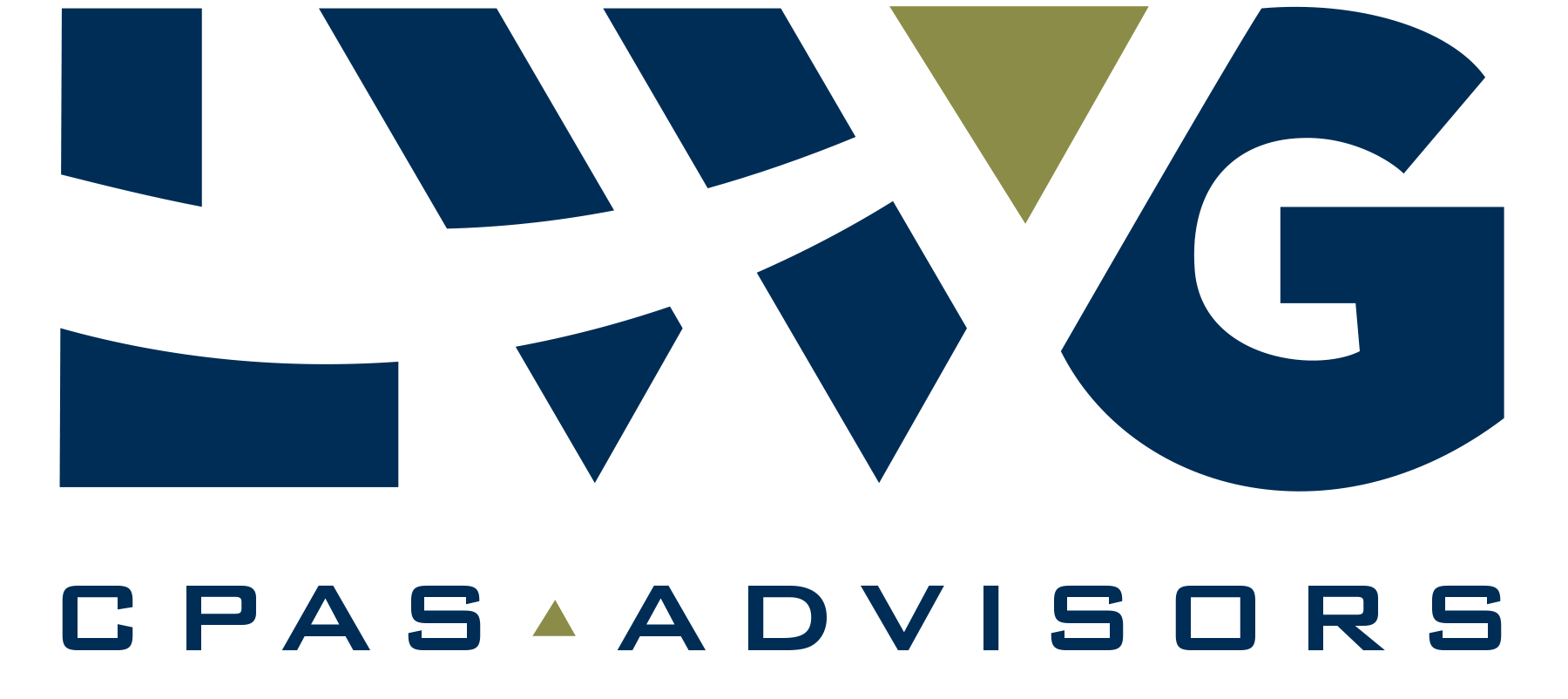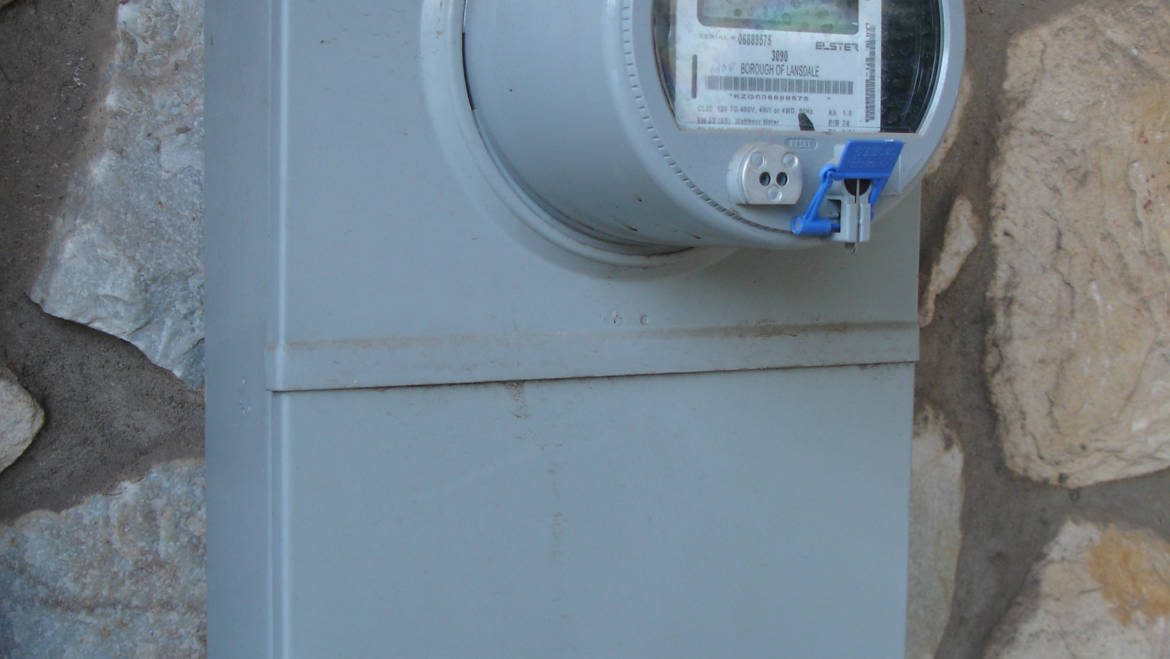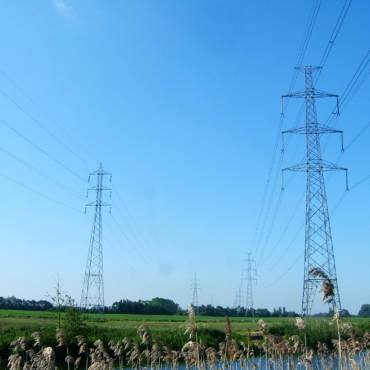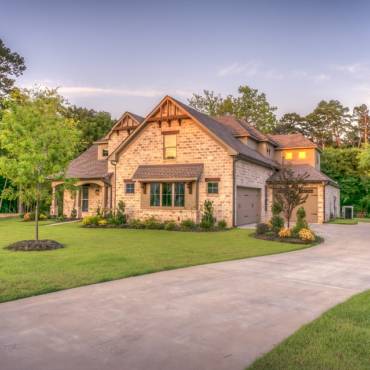Challenge
A routine challenge facing every electric cooperative is setting rates that allow for effective and efficient service to the customer and are sufficient to cover the needs of the cooperative in the future. Operating expenses, extensions and replacements, and patronage retirement planning all factor in to this process. As a cooperative, the entity is a not-for profit, but the overall process of rate making has nothing to do with a profit motive. Cooperatives are designed to not collect cash in excess of what is needed to serve their member owners, profit doesn’t factor in to the equation.
How LWG helped
LWG has changed the way rates are developed. We have worked with dozens of utilities in the Midwest to help them develop a comprehensive financial plan that sets accurate and sufficient rates, but also sets rates that will last for an extended period of time.
Most cooperatives set rates based on a snapshot in time of one year’s activity. This is the way it has always been done. LWG has worked to move beyond this old model. We construct a seven year projection that not only considers the normal revenue requirements present; but also the effect of extensions and replacements, debt management, and patronage planning in the rate making process. This allows the cooperative to weight the impact each financial decision has on the other. It also allows the cooperative to build a rate that will endure.
Outcome
With a clear and tangible comprehensive financial plan, cooperatives that have worked within this model have more effectively managed the borrowing and patronage plans of the cooperative while sustaining a level rate to the customer for an extended period of time.
This financial plan has given cooperatives a vital tool that has increased the information and understandability for the Board Members who have used them.
Summary
An electric cooperative is designed to only collect as much revenue from members that it takes to deliver to operate the cooperative. Many members and those in governance of the cooperative too often misunderstand the difference between that design and one that produces little to no profit. The result is they make financial decisions based on traditional ratios related to return on equity, debt level, and patronage retirement. Regardless of who has designed the rates for your cooperative, they were all set on the basis of cash revenue requirements. Therefore, traditional benchmarks do not always work.
LWG works with cooperative boards and management to show them the effect their operational and financial decisions have on member rates. With a clearer projection and overall strategy, board members can set rates that allow for long term stability while limiting excess cash accumulation.
Most importantly, if changes do occur the Board and management can identify the exact difference in what was expected and what happened. This leads to proactive response instead of the traditional reactive. One of the first cooperatives that we worked with on this plan has a goal of a five year rate. They are now into their seventh year and still have no need for increase.





